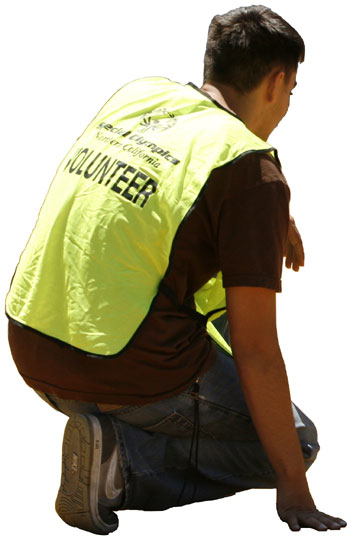Laughter and humor are far more contagious than any other things like cough or sniffle. It is the only effective weapon of human race. When laughter is shared, it connects you to others, inspires hopes and brings in confidence and intimacy. Laughter makes the environment around us much more pleasant. We can even use laughter to make our work day great. Although we need to be serious at our workplace, it is also essential to incorporate laughter and humor in your day-to-day routine. The great news is laughter can come in handy and is a priceless medicine to use at a workplace. Here are the five great health benefits of laughter at home and workplace.
1. Laughter helps to overcome challenges at workplace and your life
The ability to laugh and enjoy not only makes life more pleasurable but also helps you to handle tough situations and be more creative. People who use laughter in their daily lives discover that it strengthens their relationships.
You may have to face challenges in life and when you take those problems too seriously, it can be difficult for you to think outside the box and fix the problem. But when you handle the problem with fun, you certainly accept it as an opportunity for creative learning.
Just observe how children play with problems. When they are scared about any problem , they treat it as a game, and experiment it with different solutions. Using fun to interact with others helps you to develop this creativity.
Of course, laughter must have some limits. One must be more careful about what they speak or have fun so as not to hurt others in anyway. Crack a joke with your co-workers on your break or if you have a funny idea, pass it along to your seniors. Studies have reported that companies that allowed fun and enjoyment at work observed its employees to be more productive and motivated.
2. Laughter is an effective medicine for mind and body
Laughter is an effective medicine that works faster than anything to bring down stress, pain and conflict. It reduces your sorrows, builds confidence, binds you with others and keeps you firm and active. It has tremendous physiological effects on your body.
- A good hearty laugh boosts immunity by reducing the release of stress hormones. It helps in keeping your muscles relaxed for up to an hour after.
- Laughter causes the production of endomorphins which are necessary to keep you happy.
- Laughter improves blood circulation thus protecting you from several heart disorders.
- It helps you in discharging all the air in your lungs that carries more carbon dioxide and moisture.
- It enhances teamwork among employees.
- It helps us to be more creative and explore the world in a different way.
3. Social benefits of laughter
Laughter brings people together by fostering positive feelings and triggering emotional connection. When we share laughing, a positive bond is established. This bond helps you to overcome stress, disagreements and anxiety.
Sharing laughter is more effective than doing it alone. It is a great tool for making relationships strong and lasting forever. Laughter brings in emotional balance. Incorporating laughter and fun in your day-to-day tasks can improve the connections with your colleagues, family members and friends. Spice up your life with laughter, it does great wonders:
- It helps you to solve problems very easily.
- Laughter helps you get out of confusions, arguments and criticism.
- It takes off the fear from you.
- Exposes true feelings.
4. Great internal workout
A good hearty laugh tones up your diaphragm, works out the abs and even exercises the shoulders, putting you to a more relaxed state later. It even provides a good cardio-workout. Laughing 100 times a day is the same as 15 minutes spent on a stationary bike.
5. Increases life span
According to Psychiatry research, older optimistic people, those who though positively had a greater life span than those with negative thoughts.
The research included older individuals over the age of 65-85 years, who thought positively. Among them 55 percent lived longer than the most pessimistic people. In spite of their habits such as smoking, alcohol consumption and other health issues, these people who incorporated laughter into their lifestyle survived better and longer than pessimists.
We all have been gifted with this great weapon. So, what are you waiting for, whip out laughter to make your living great!
About The Author: Gianna is a writer/blogger. She loves writing about technology, gadgets and social media. She contributes to hometone (www.hometone.com).
